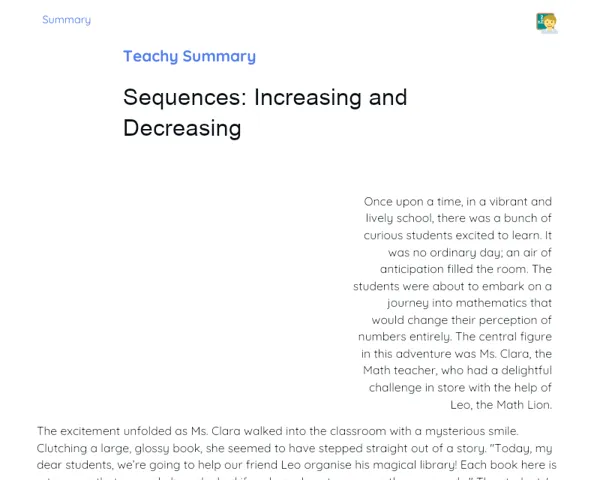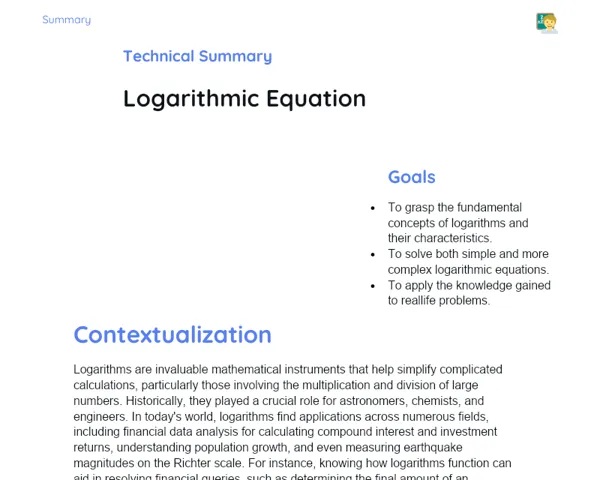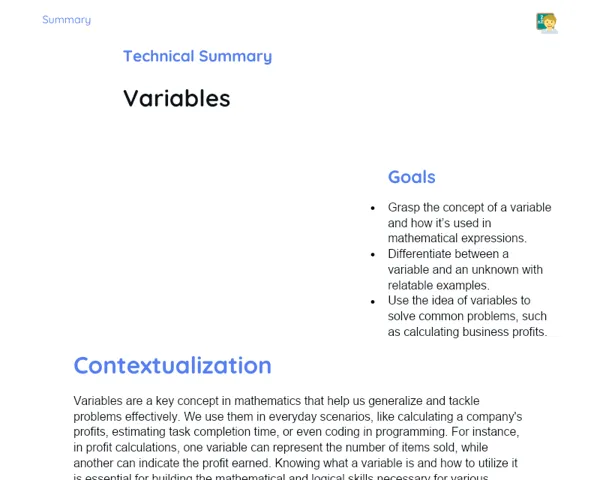Objectives
1. 🎯 Get the hang of calculating the volume of prisms, particularly those with rectangular and triangular bases, gearing up to use this knowledge to address real-world problems.
2. 🎯 Tackle real-life problems involving the sizing of water tanks or reservoirs, using volume calculations in everyday scenarios.
Contextualization
Did you know that being able to calculate the volume of objects is vital in a range of professions? From engineers crafting big structures to farmers managing their water supply, grasping how to measure the space something takes up is key. Just think about accurately determining how much concrete is needed for a new building, or the number of litres a new water tank can hold. These are just a couple of practical examples of what we will dive into today!
Important Topics
Rectangular Prism
A rectangular prism is a three-dimensional shape made up of two parallel, identical rectangular bases, connected by rectangular sides. This shape is crucial for understanding how everyday objects, like boxes or buildings, fill space.
-
The volume of a rectangular prism is found by multiplying the area of the base by the height of the prism. This formula is key for tasks like determining how much a container can hold or how much material is needed for construction.
-
By tweaking the dimensions of the prism, we can see how volume changes, which hones our spatial understanding—an important skill in various career paths.
-
Rectangular prisms are commonly used in engineering and architecture to represent structural elements or spaces in a design.
Triangular Base Prism
A triangular base prism is a polyhedron with two parallel triangular bases and rectangular lateral faces. This type of prism is especially interesting due to its relevance in structures like roofs and bridges where stability and force distribution matter.
-
To find the volume, we multiply the area of the triangular base by the distance between the bases (the height of the prism). This calculation is crucial for figuring out, for instance, how much water a triangular reservoir can contain.
-
Exploring various triangles as bases can help learners see how the properties of shapes influence the final volume of the prism.
-
In practice, knowing about triangular prisms is helpful in designing structures that need stability and efficient use of materials.
Practical Applications of Volume Calculation
Calculating volume is not just an abstract skill in maths but a vital tool across many real-life fields. From engineering to product design, understanding how to calculate and manipulate volumes is crucial for professional success.
-
Getting the correct size for water tanks and reservoirs involves accurate calculations to ensure sufficient water storage.
-
In urban planning, calculating volume helps optimize space use, enabling planners to create more efficient and enjoyable environments.
-
In set design, calculating the necessary volume for stage elements ensures effective use of space, enhancing the audience's experience.
Key Terms
-
Volume: A measure that quantifies the three-dimensional space an object occupies.
-
Prism: A polyhedron with two parallel and identical bases and rectangular lateral faces.
-
Base of the Prism: The face or one of the two same faces of a prism that shapes its overall form and area.
-
Height of the Prism: The vertical distance between the two bases of a prism.
For Reflection
-
How can understanding volume assist in tackling environmental issues, like water resource management?
-
How does altering the dimensions of a prism influence its volume, and what practical impacts does this relationship have?
-
In what ways can volume calculation skills be relevant in your everyday life or future career?
Important Conclusions
-
Today, we explored the idea of volume in prisms, focusing on rectangular and triangular base prisms. We learned to calculate the volume of these shapes and how they relate to real-life scenarios, like sizing water tanks.
-
We recognised the importance of calculating volume in fields like engineering, architecture, and urban planning, enabling the development of more effective and sustainable solutions to everyday challenges.
-
Lastly, we saw how mathematics connects to the real world, becoming a vital tool in various careers and day-to-day situations, reinforcing that today's lessons are foundational for your future personal and professional journeys.
To Exercise Knowledge
- Draw three different types of prisms on a sheet of paper and calculate the volume of each using your own measurements. 2. Design a small project to estimate how many litres of water could fit in a rectangular prism-shaped pool, based on dimensions you think are ideal for a pool in your home or community. 3. Use prism-shaped containers (like shoeboxes) to measure and calculate their volume, comparing their capacity with the amount of water they hold.
Challenge
Craft a 'sustainable city' using cardboard and other recyclable materials, ensuring each structure is a prism with a calculated volume. Share a short video presentation of your city, explaining how the use of prisms maximized space.
Study Tips
-
Review volume calculation formulas for different prisms and practice with everyday items like packaging boxes or containers.
-
Visualize mathematical problems in 3D using objects you find around you to better grasp the concepts of volume and dimension.
-
Engage in discussions with friends or family on how volume calculation is relevant in various jobs. This helps recognize maths as a crucial part of life, beyond just schoolwork.



